1. Goldfish Swallowing Craze
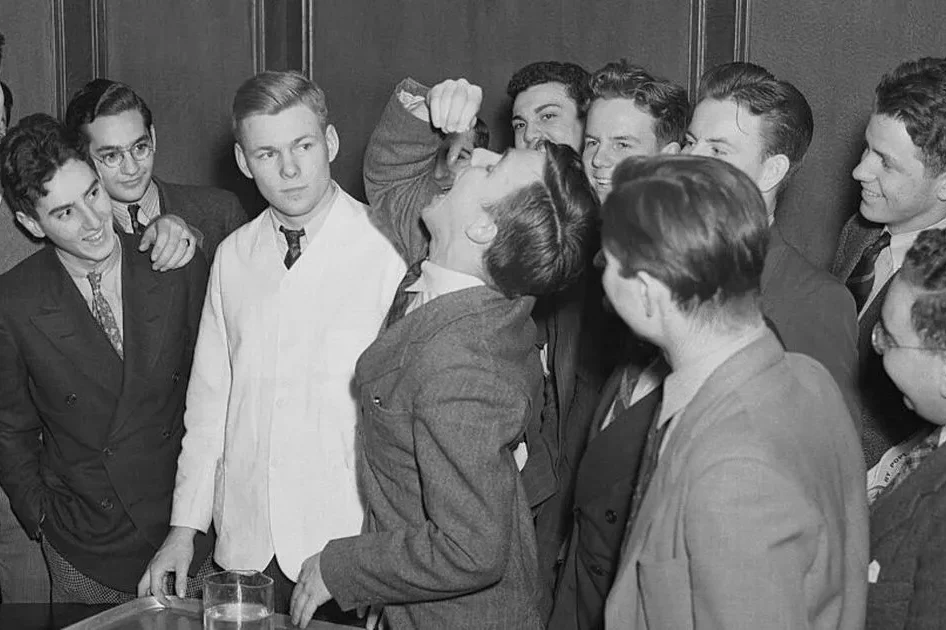
Before social media challenges existed, America had its own brand of wild trends. The goldfish swallowing craze of the 1930s was one of them. College students dared each other to gulp down live goldfish to prove bravery and earn bragging rights. It started on campus and spread fast, capturing newspaper headlines. People gathered just to watch someone swallow a squirming fish, laughing and cringing at the same time. It sounds ridiculous now, but it mirrored what TikTok does today, turning shock into entertainment. Everyone wanted to be seen, even if it meant doing something unforgettable.
2. Flagpole Sitting Spectacle
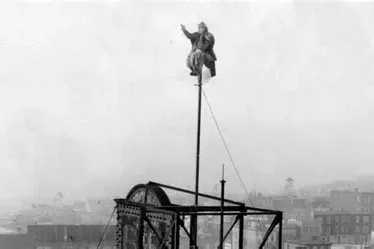
There was once a time when simply sitting high above the ground made you a celebrity. In the 1920s, flagpole sitting became a national obsession. Daredevils perched atop poles for days while crowds gathered below, cheering them on. Alvin “Shipwreck” Kelly became famous for sitting 49 straight days, surviving storms and sunburns. It was strange, fearless, and oddly poetic. People found meaning in endurance and spectacle, the same way viral stunts capture hearts today. It wasn’t about the pole but the attention, and in a world craving excitement, sitting still somehow became the loudest thing to do.
3. Dance Marathon Madness
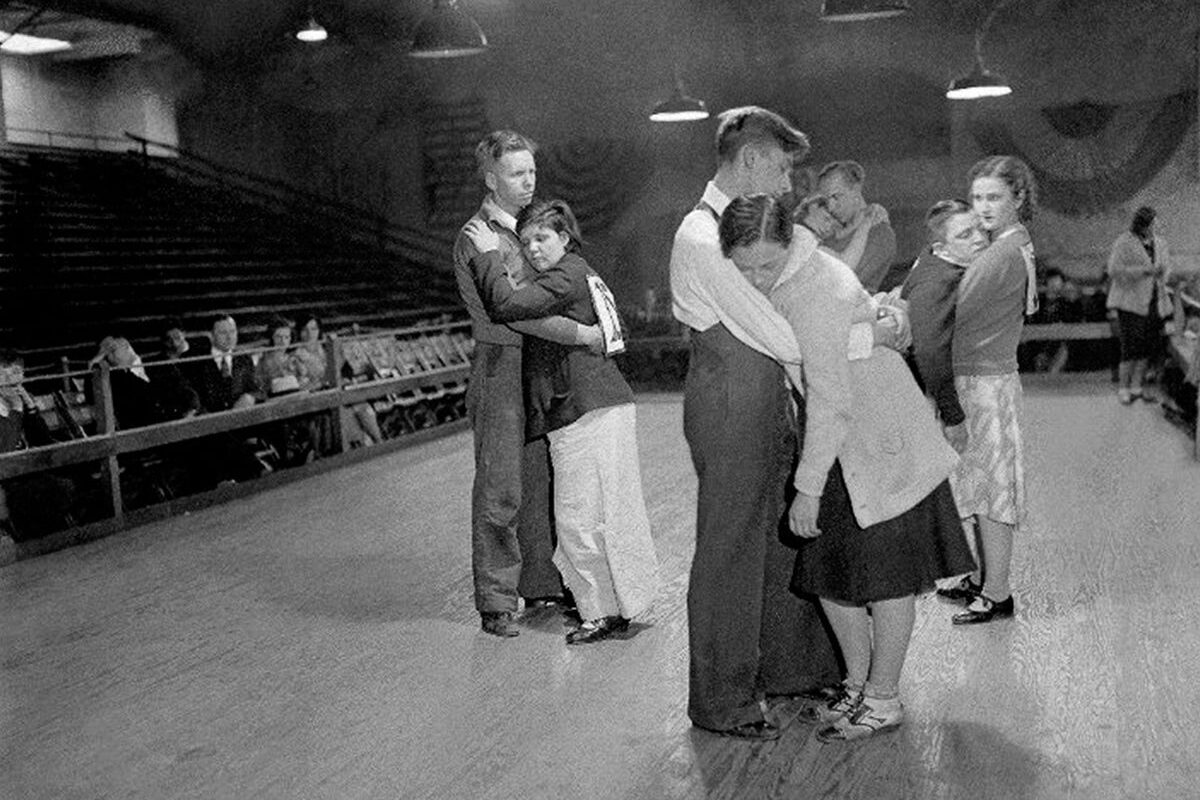
Imagine dancing for days with no breaks, no phones, and no sleep. During the Great Depression, dance marathons became a strange form of endurance entertainment. Couples moved to music until exhaustion, hoping to win money or fame. Some fainted, others clung to each other through the night. Audiences loved it, not for the dancing but the drama. It felt like watching life unfold in rhythm and sweat. It wasn’t glamorous, but it was human. People needed hope, and sometimes moving nonstop was the only way to forget their worries. Today’s viral trends carry that same desperate joy.
4. Freezing Contests
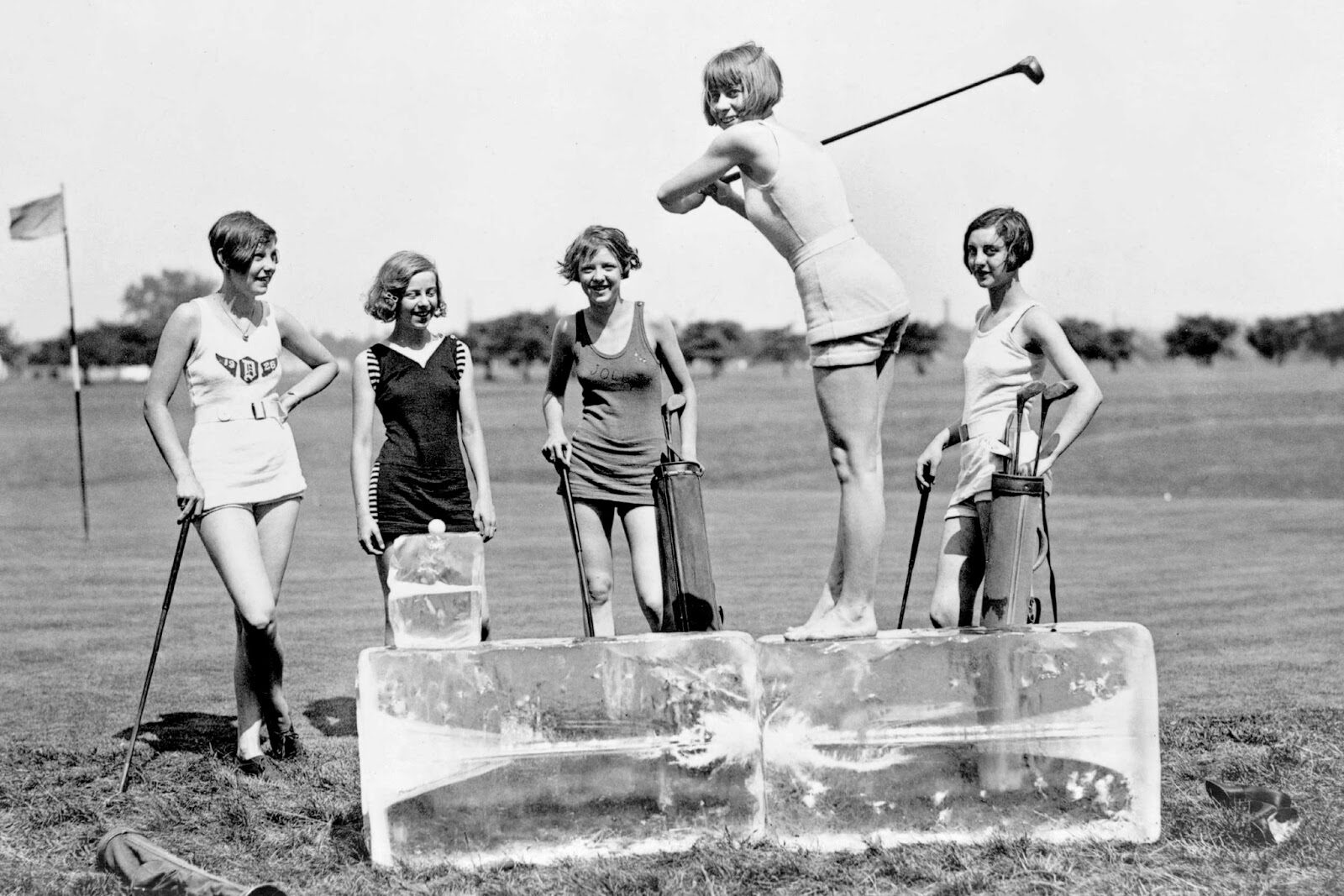
There’s always been something funny about watching people do the impossible. In the 1920s, freezing contests invited brave souls to stand in icy tubs or cold rooms for as long as possible. It was painful, pointless, and completely fascinating. Crowds laughed and shivered along, amazed by human stubbornness. The thrill wasn’t about winning but enduring together. People back then found comfort in shared absurdity, the same way we laugh at someone braving the cold for clicks now. It’s a reminder that community and curiosity often meet in the weirdest ways, especially when nobody knows why they’re watching.
5. Phone Booth Stuffing
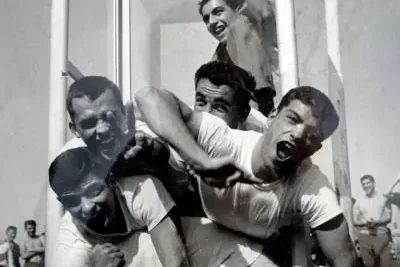
Before viral challenges, college students had their own way of testing limits. In the 1950s, phone booth stuffing became the ultimate competition. Groups of students crammed themselves into tiny booths, limbs overlapping, laughter echoing as they squeezed tighter. Some schools fit over twenty students in one. Photos filled newspapers, and suddenly everyone wanted to beat the record. It was pointless but unifying, a shared inside joke across campuses. That spirit of collective silliness still exists today, only the screens have replaced the booths. People just want to belong, even if it means being part of something ridiculous.
6. Living Mannequins
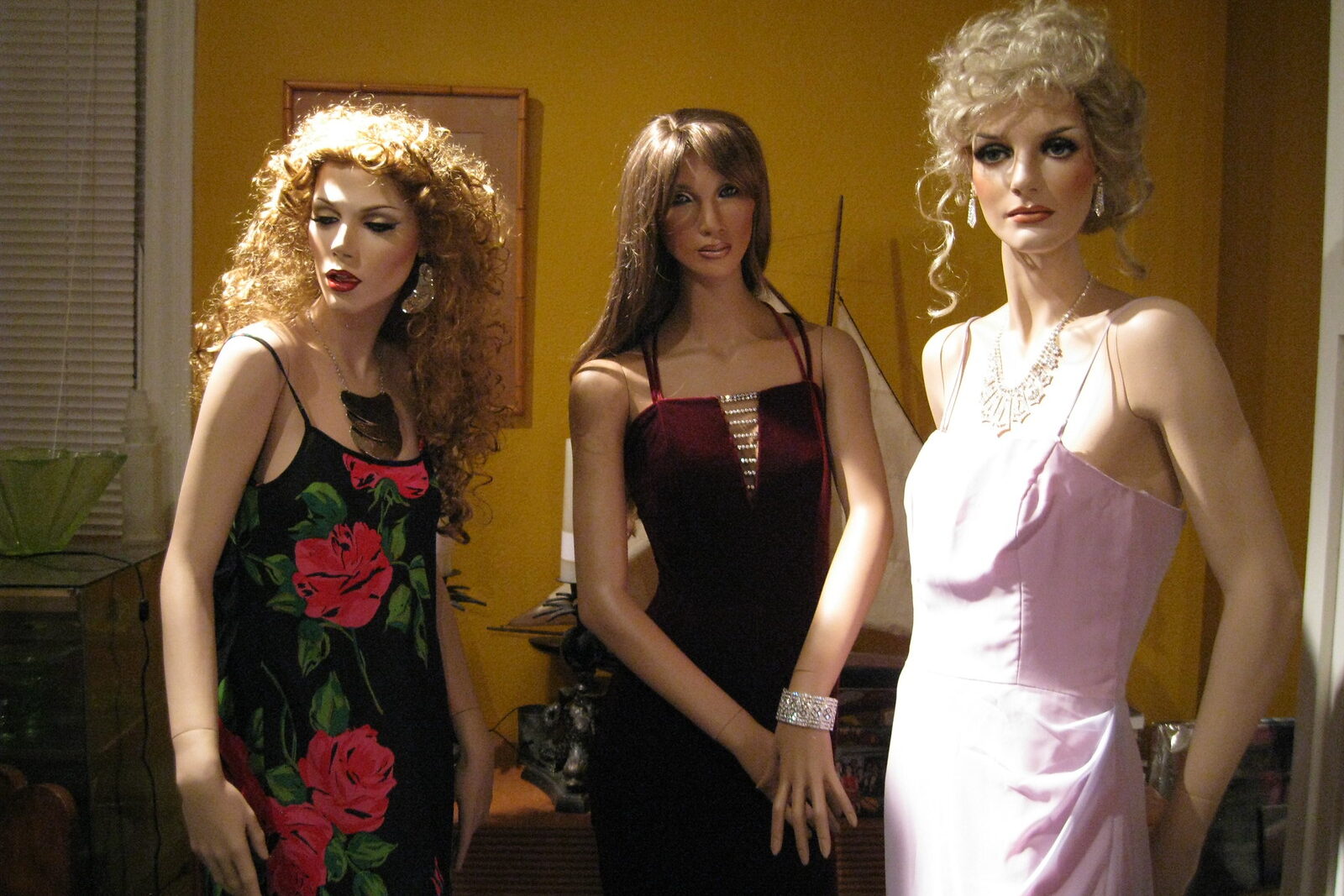
Long before influencers posed for the camera, department stores used living mannequins to attract crowds. Young women stood perfectly still in window displays, modeling dresses while pretending to be statues. Passersby watched, amused by their stillness, sometimes trying to make them smile or move. It was part fashion, part endurance, and part art. The quiet confidence of standing still became its own spectacle. These women unknowingly paved the way for modern social media, where people curate moments of perfection. In their silence, they spoke volumes about patience, beauty, and the strange power of being seen.
7. Pie-Eating Contests
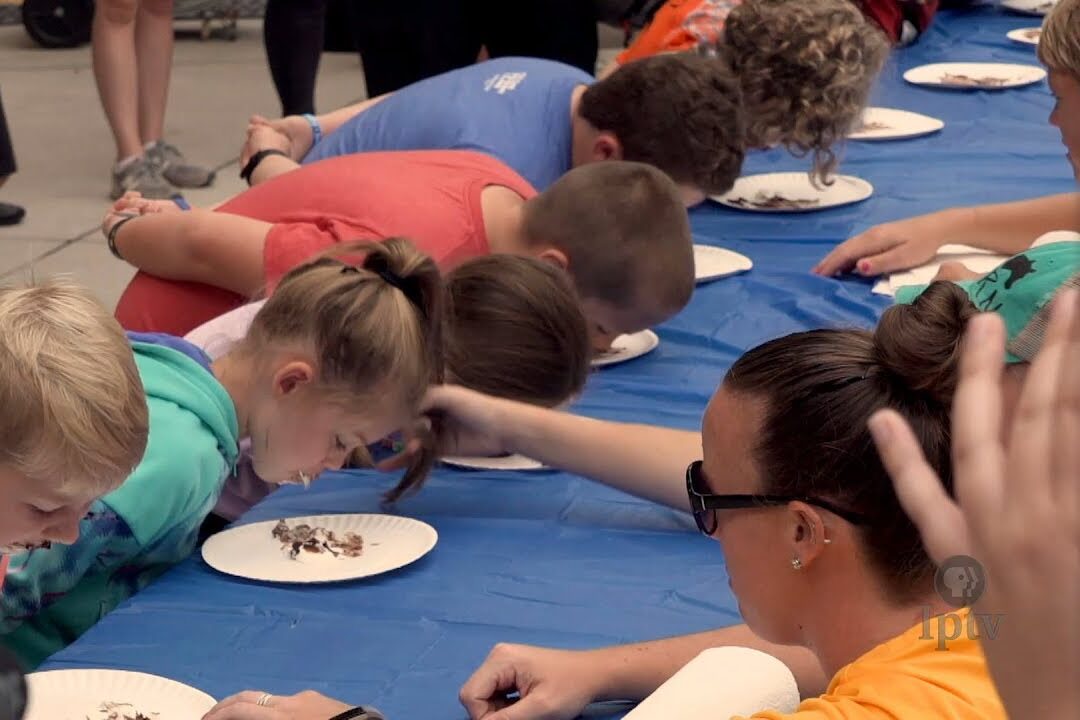
Few things bring people together like food and competition. Pie-eating contests turned ordinary desserts into scenes of joyful chaos. Contestants plunged face-first into pies, hands behind their backs, racing to finish first. The crowd cheered, kids giggled, and everyone left covered in crumbs. It was messy and lighthearted, the kind of fun that didn’t need explanation. There were no sponsors or cameras, just laughter and community spirit. It showed how joy can come from the simplest acts of togetherness. Even today, nothing beats the sight of friends cheering each other on through sweet, ridiculous challenges.
8. Beard Growing Contests
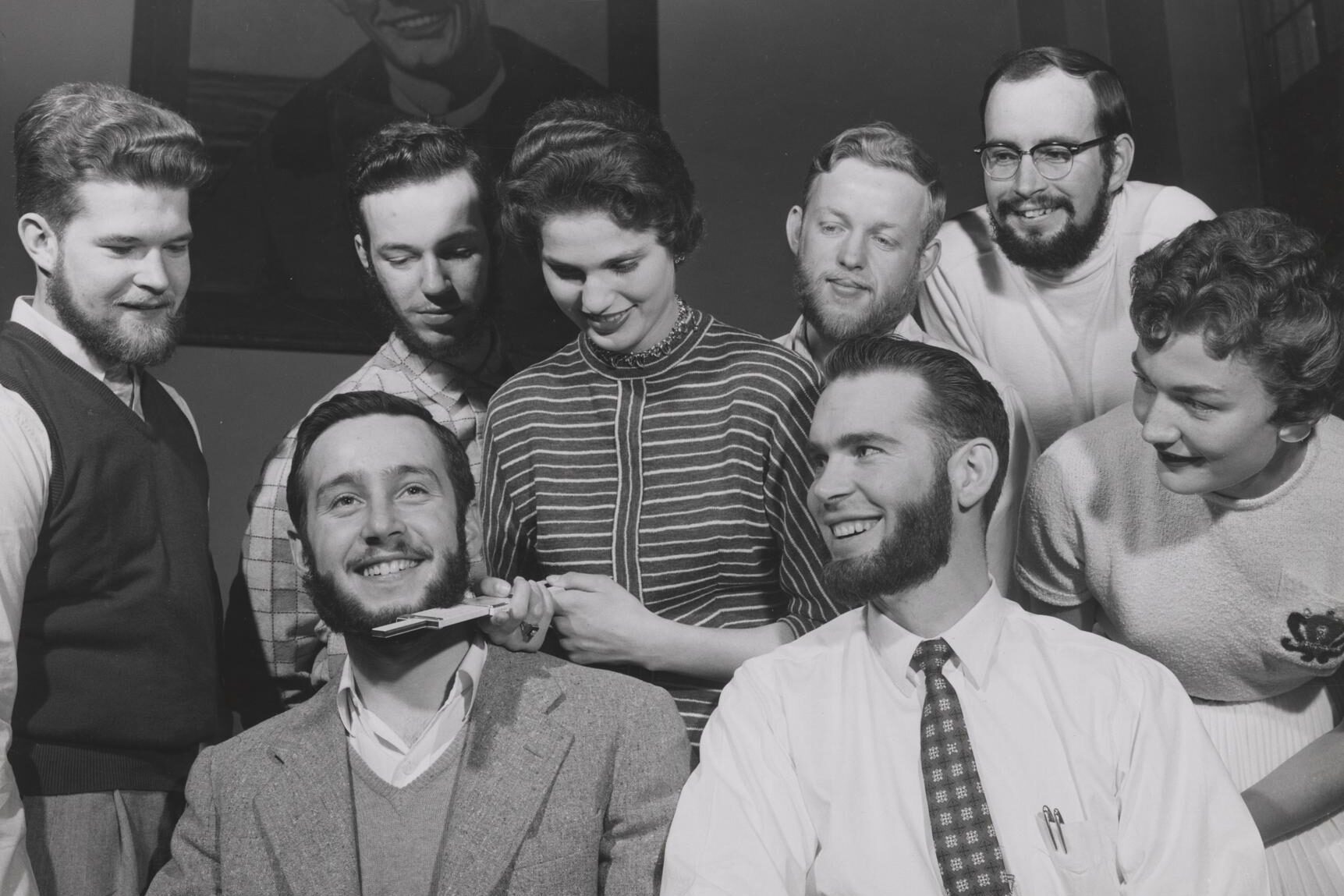
Facial hair became serious business in the 1950s when small towns began hosting beard-growing competitions. Men stopped shaving for months, proudly showing off their wildest creations at local fairs. Judges awarded prizes for the longest, bushiest, or most creative beards. Some even added ribbons or color for flair. It was friendly rivalry mixed with humor, a way to bond through something as ordinary as hair. People took pride in what made them unique, long before self-expression went digital. In its own way, beard contests were the original selfies, celebrating identity and community with a wink and a grin.
9. Bed Racing
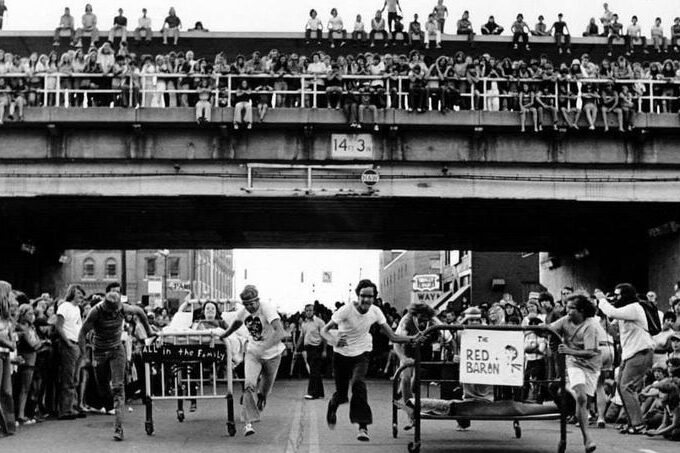
In the years before reality TV, people found excitement in the strangest places. Bed races turned quiet streets into hilarious racetracks. Teams decorated beds with wheels and themes, then pushed them at full speed toward the finish line. Someone usually rode the mattress, holding on for dear life. Spectators laughed and cheered, thrilled by the absurdity. It was part sport, part carnival, and all fun. Winning wasn’t the point. It was about teamwork, creativity, and shared joy. Like viral challenges today, it reminded everyone that laughter is the best finish line anyone can cross.
10. Lawn Chair Flying
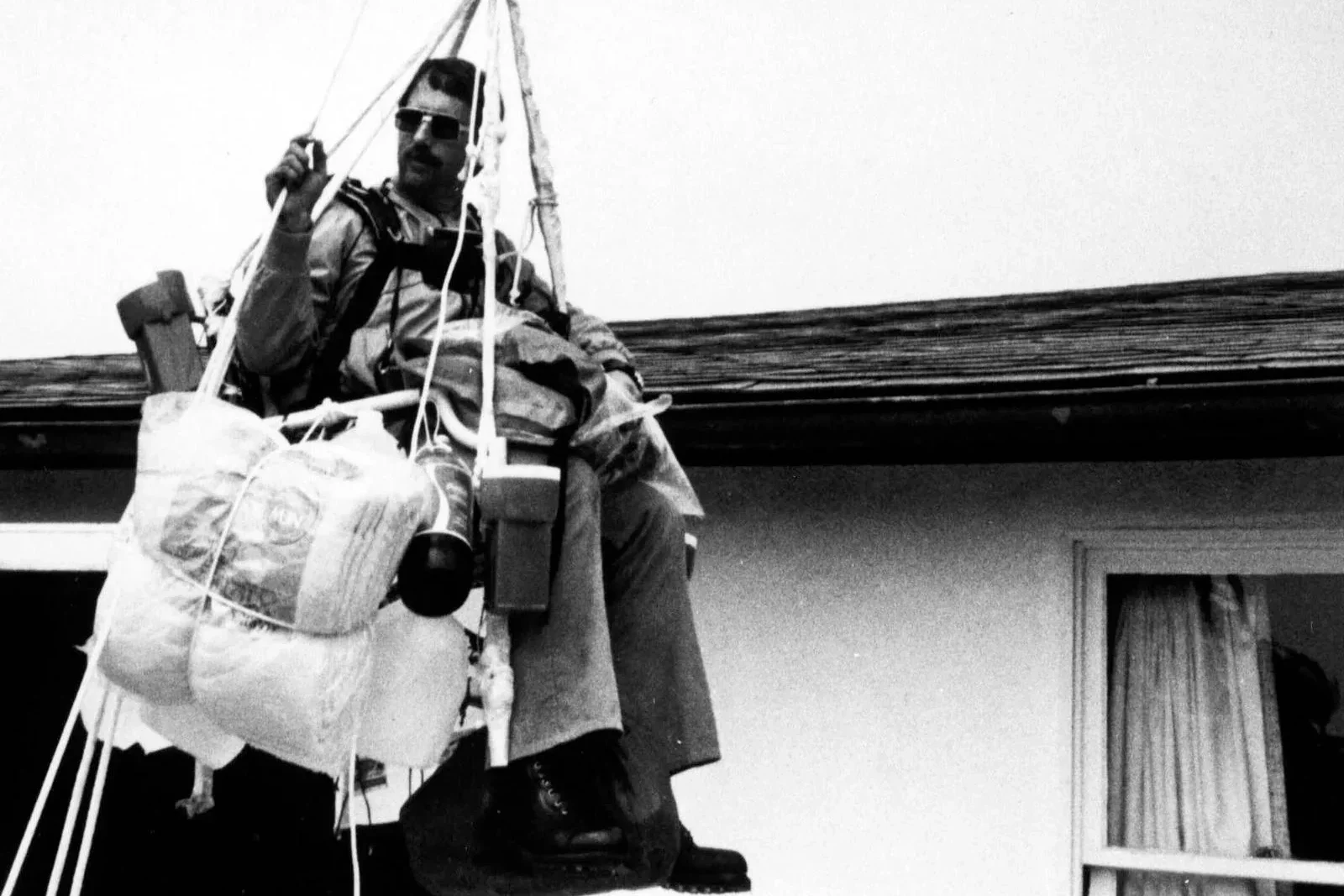
Not every dare needs a purpose. In 1982, Larry Walters became famous for tying balloons to a lawn chair and floating 15,000 feet into the sky. He called it “something I had to do.” His strange flight inspired others to try, though most ended with tangled balloons and panic. It was equal parts bravery and foolishness, but everyone admired his spirit. It showed how ordinary people could dream big, even if the dream was absurd. That same mix of curiosity and courage drives people online today. We all want to see how far imagination can take us.
11. Roller Skating Marathons
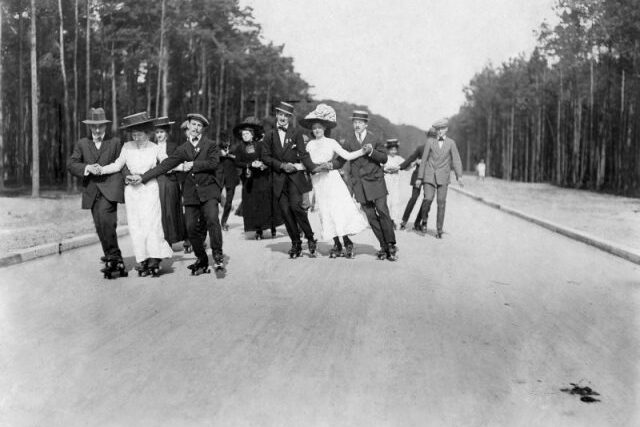
When dance marathons faded, skating marathons rolled into popularity. Skaters circled rinks for hours or even days, moving to music until exhaustion took over. It wasn’t just about winning but showing resilience and style. Friends and strangers gathered to watch, cheering as participants wobbled and laughed through fatigue. These events turned boredom into bonding. For some, skating in circles became an escape, a way to feel alive in hard times. There were no trophies big enough for the effort, but the joy was real. Sometimes, it’s not about going somewhere but simply keeping yourself in motion.
12. Frog Jumping Contests
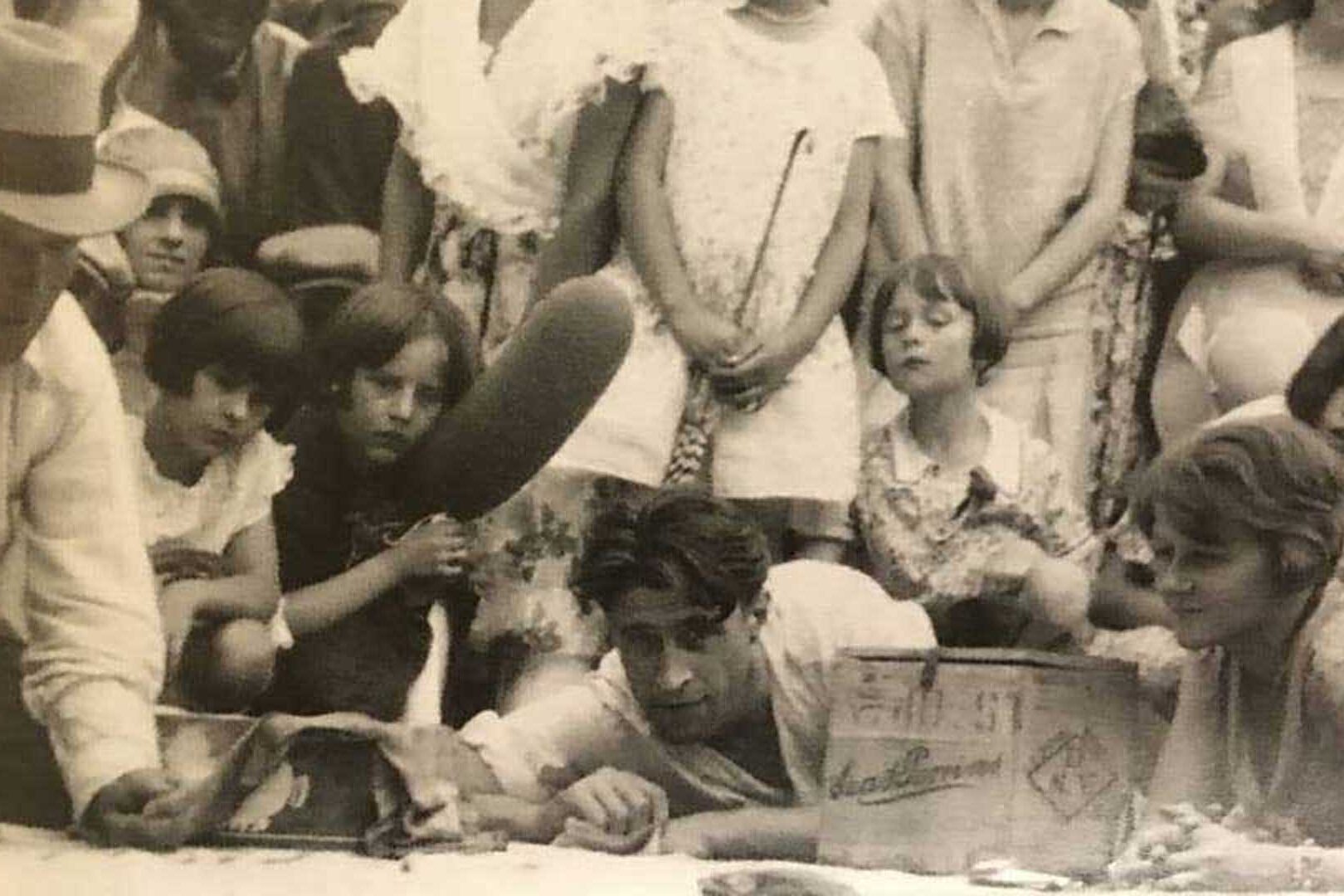
Mark Twain’s famous story about a jumping frog inspired an entire tradition. Communities gathered to watch frogs compete for the longest leap, complete with names, flags, and cheering crowds. The Calaveras County Fair still celebrates it every year. Kids squealed with excitement as their frogs hopped away, while families placed playful bets. It was simple fun that brought people together without pressure or perfection. In a world now filled with filters and trends, frog jumping feels refreshingly honest. It reminds us that joy doesn’t always need purpose. Sometimes it’s just about watching life leap forward.
13. Cow Chip Throwing
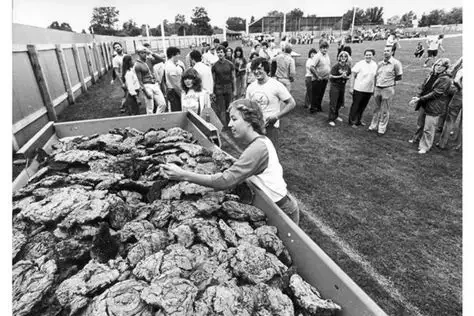
Only in rural America could tossing dried cow dung become a beloved pastime. Known as cow chip throwing, it began as a joke and grew into a full-fledged competition. Participants flung the hardened disks across open fields, aiming for distance and glory. Crowds laughed, cheered, and occasionally ducked. It was smelly, silly, and somehow wonderful. The best throwers earned bragging rights for the year. What made it special wasn’t the act itself but the laughter it created. It proved that people don’t need much to have fun, just imagination and a good sense of humor.
14. Soapbox Derby
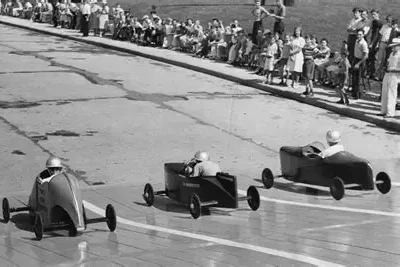
Kids once dreamed not of followers but of wheels. The Soapbox Derby began in the 1930s, letting children build homemade cars and race downhill. With wood scraps, borrowed tools, and determination, they crafted small masterpieces. Parents and neighbors gathered to cheer as gravity took over. Some cars flew, others crashed, but everyone smiled. It taught creativity, courage, and community all at once. Winning mattered less than trying. That spirit still lives today whenever someone shares their first project online, proud and uncertain. Because deep down, we all just want to be seen giving it our best.
15. Banana Eating Contests
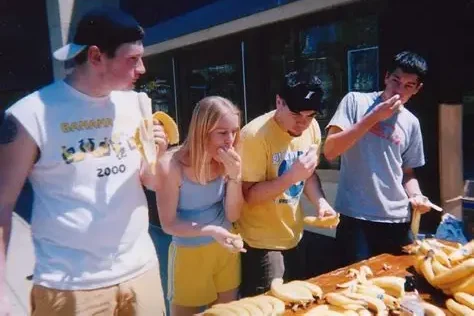
Banana eating contests were once the highlight of local fairs. Participants raced to finish as many bananas as possible in record time, often ending in laughter and mild regret. The event was simple yet thrilling, turning everyday fruit into entertainment. Crowds cheered as faces disappeared behind yellow peels. It wasn’t about the prize but the spectacle of joy. Like modern food challenges, it gave everyone a reason to gather, laugh, and forget their worries. The best part was always the aftermath, where sticky smiles and shared stories made everyone feel like they’d won something.
16. Tree Sitting
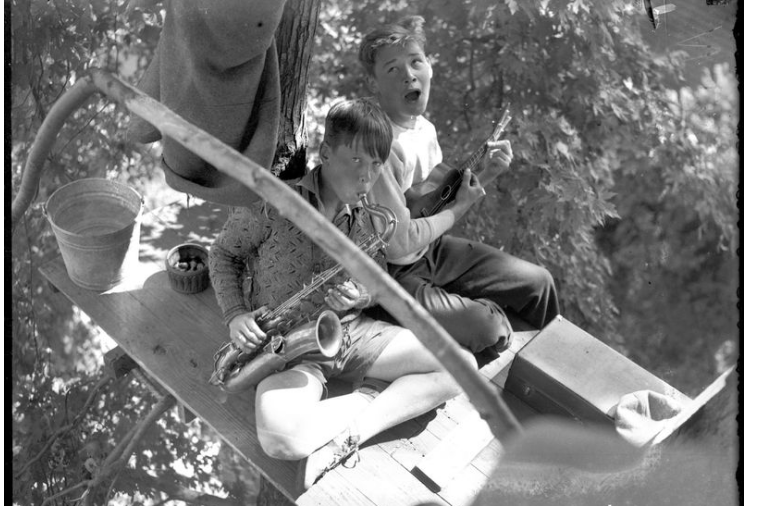
In the 1930s, teenagers climbed trees not for peace but for pride. Tree sitting became a national fad as young people perched on high branches for days, waving to spectators below. Newspapers tracked their progress, and locals brought food and encouragement. It was daring yet oddly peaceful, a moment of solitude turned into a crowd event. Some called it rebellion, others called it boredom, but everyone agreed it was fascinating. The sitters found quiet fame in stillness. It’s a strange reminder that even in chaos, humans have always sought attention in the simplest of ways.
17. Turkey Chasing
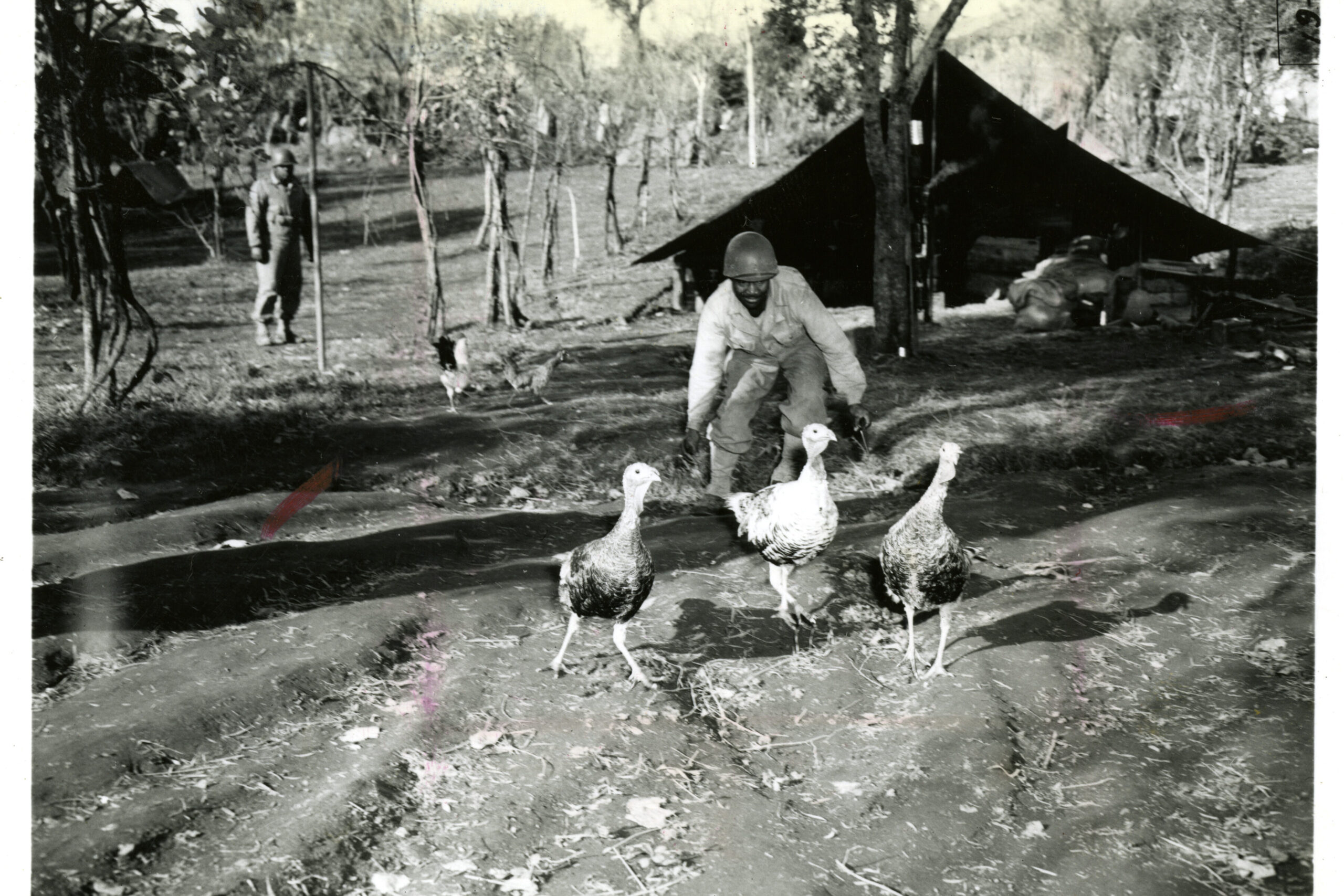
Before organized races, small towns had turkey chases. Contestants ran after loose turkeys across open fields, trying to catch one for dinner or glory. It was pure chaos, feathers flying and people slipping in mud. The laughter was contagious. Winning was rare, but the fun was guaranteed. Communities turned the silliness into an annual event, a celebration of shared absurdity. Everyone played their part, young and old alike. The joy wasn’t in catching the bird but in being part of the chase. It’s proof that laughter often hides in the most unexpected places.
18. Greased Pig Races
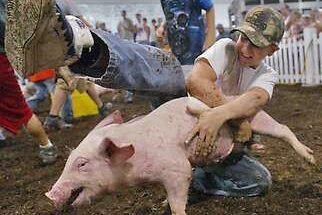
At country fairs, nothing drew bigger crowds than greased pig races. Contestants, often children, chased slippery pigs through muddy fields while spectators roared with laughter. It was messy, unpredictable, and completely unforgettable. The goal wasn’t really to win but to entertain. The pigs almost always escaped, leaving everyone in fits of giggles. It captured the heart of small-town life, simple, playful, and genuine. Much like viral videos today, the charm was in the chaos. The beauty of it all was that everyone left smiling, covered in mud but rich in memories.
19. Turtle Races
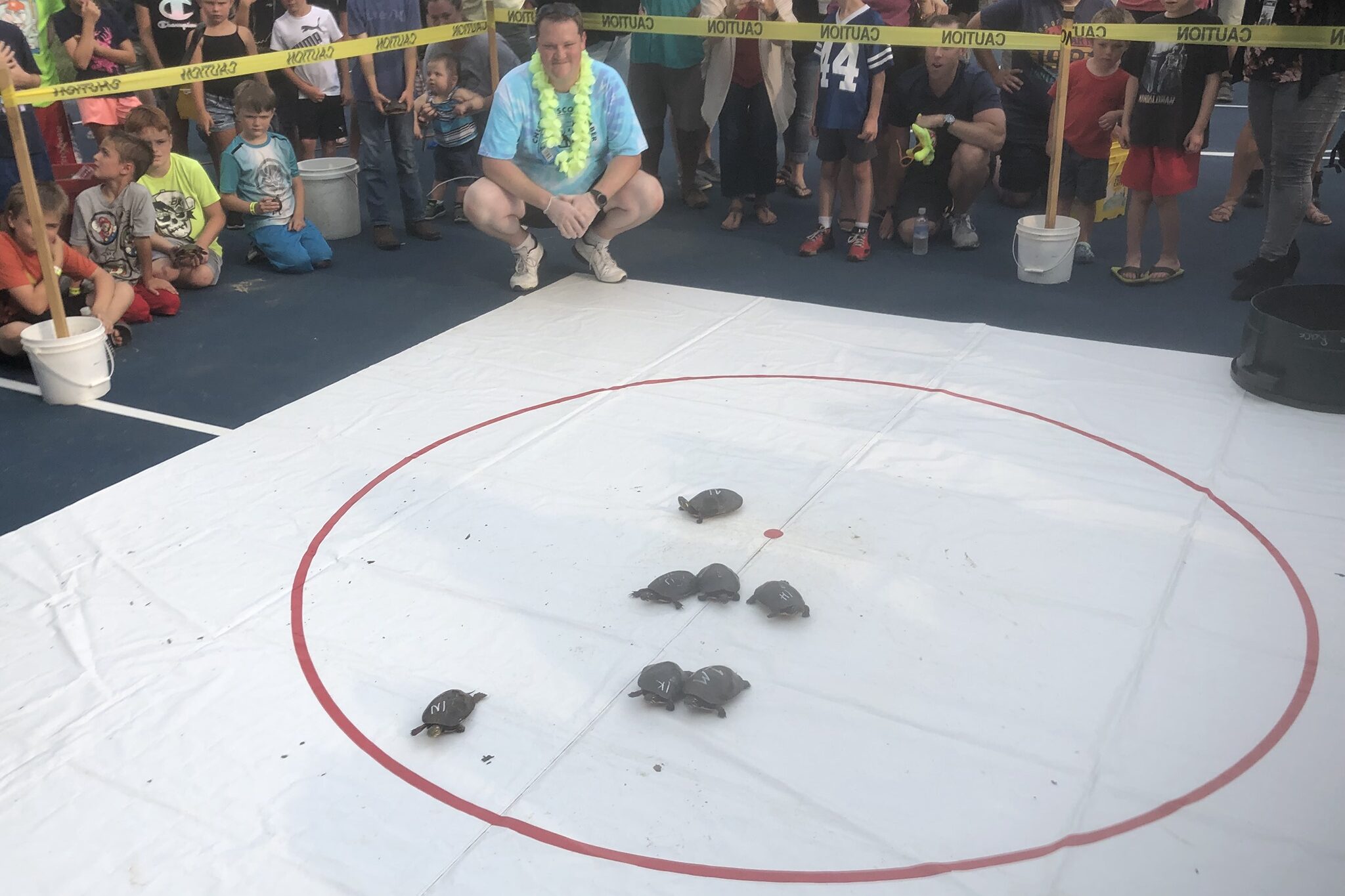
Slow and steady took center stage in turtle races across America. Kids painted numbers on their turtles and watched them crawl toward the finish line. The pace was glacial, but the suspense was real. Families cheered, laughed, and waited patiently as the turtles decided their fate. Some stopped halfway, others turned back, and everyone loved it anyway. It was a gentle kind of joy, proof that entertainment didn’t need flash or fame. Turtle races celebrated patience and hope, showing that even the slowest journeys can still lead to something worth cheering for.
20. Soap Carving Contests
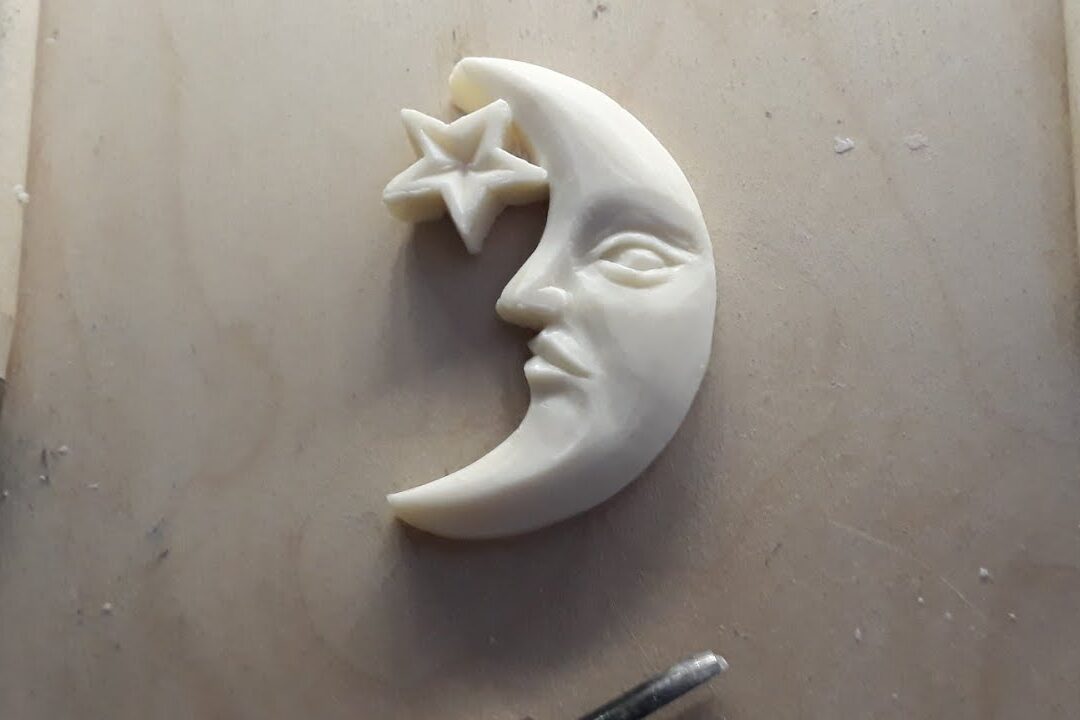
To end on a quieter note, soap carving was the pastime that celebrated creativity over chaos. Kids used small knives to shape bars of soap into animals or figures, competing for precision and imagination. It was calm, focused, and deeply rewarding. Parents encouraged it as a wholesome hobby, while teachers praised its artistry. Unlike the loud trends of the day, soap carving was about care and patience. It taught people to slow down and find joy in small things. Maybe that’s what we’re still chasing today, the quiet beauty in creating something that feels like our own.
This story was first published on Daily FETCH


